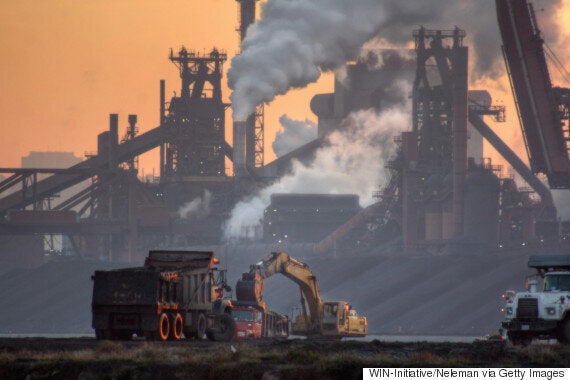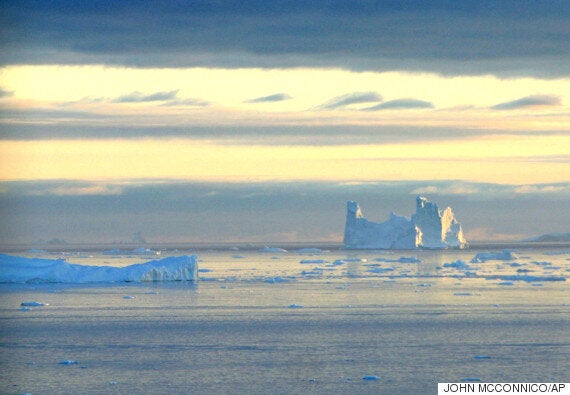Not content with apparently wiping out half of all ocean life, scientists have actually come up with the financial cost that global warming will have on the planet and frankly, the number is terrifying.

The cost of the arctic permafrost melting and the subsequent gas release that'll follow has been estimated at around $43 trillion by the end of the next century.
To put that into some perspective, that's over 20x the UK's current national debt. It's also a drop in the ocean of global warming's overall cost which has now been estimated at a massive $369 trillion.
A study by researchers from the University of Cambridge and the National Snow and Ice Data Center found that the Arctic is melting much faster than initially predicted.

Why is this bad? Well aside from the obvious, the Arctic permafrost actually prevents billions of tonnes of greenhouse gasses that are currently trapped beneath the surface from being released into the atmosphere.
Without its protection, both carbon dioxide and methane will be released into the atmosphere, the result of which will be massive.
The authors predict that CO2 levels will increase from the current 399 parts per million to a massive 799 million parts per million.
SEE ALSO:
So what's the solution? Kevin Schaefer from the National Snow and Ice Data Center believes that a fundamental change in the way we produce energy is a key first step.
“Reducing fossil fuel emissions and stopping climate change is not a stark choice between jobs and the environment.
Rather, we can simultaneously reduce emissions and grow the economy by harnessing the same market forces that created the problem in the first place.”
Schaefer adds: “We need to invest to reduce the costs of renewable energy production and the costs of energy conservation and create the optimal policy setting with tax incentives and other means. This will create an environment where consumers will naturally choose the low-carbon option because it is the best economic choice available.”